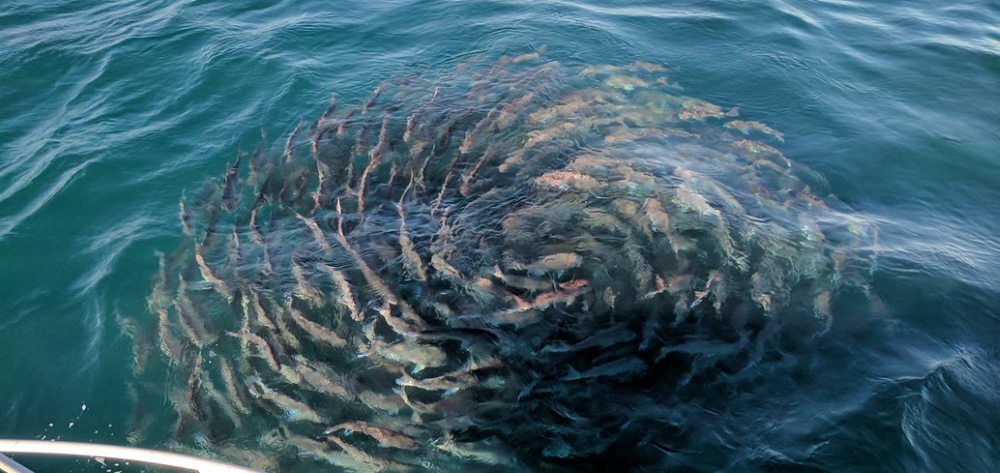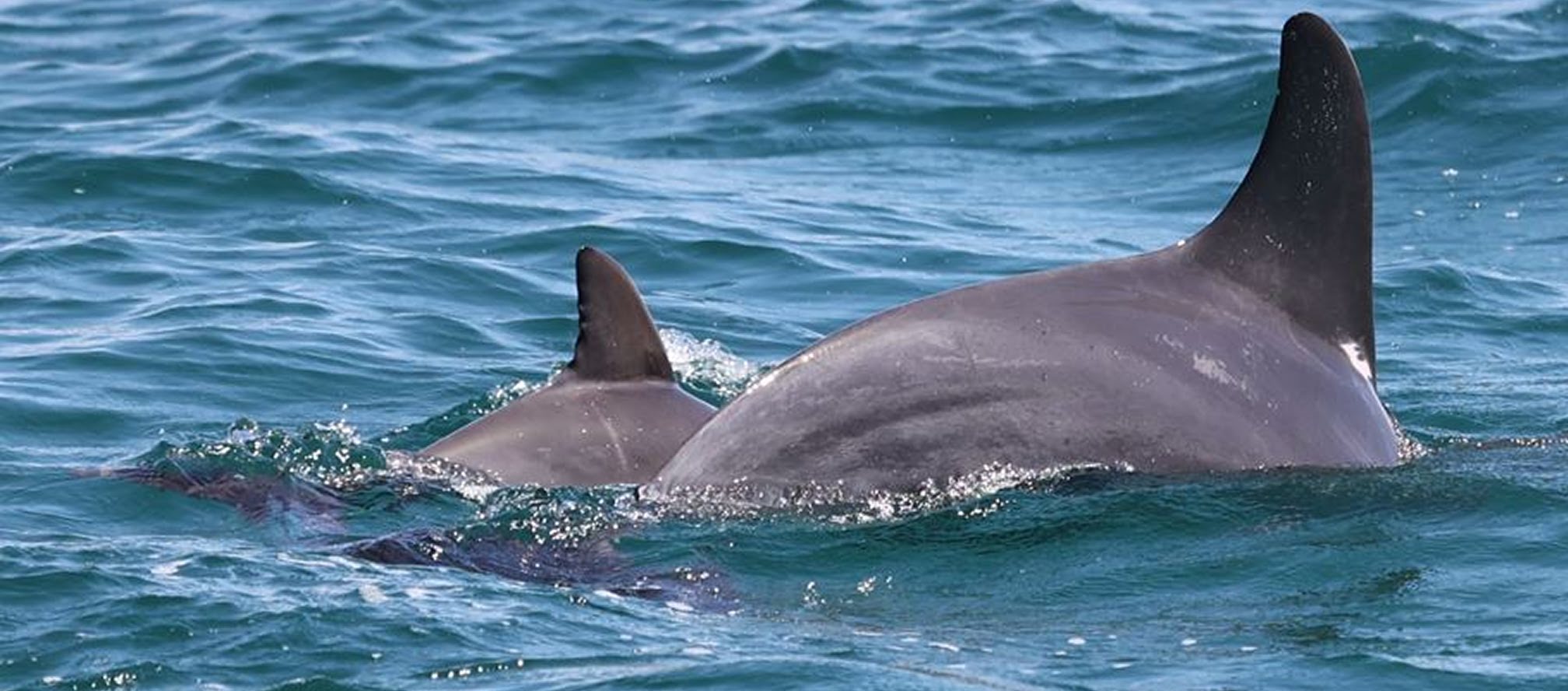
Westport has partnered with the Western Australian Marine Science Institution (WAMSI) to deliver the $13.5 million WAMSI-Westport Marine Science Program. This 3-year program is developing the latest data, information and modelling on the complex environmental systems and community values associated with Cockburn Sound.
Project 7.3 Hearing in Cockburn Sound snapper (Chrysophrus auratus)
Theme: Noise
Researchers: We, M. Parsons, C. Erbre (2025)
Investigating the response of the Pink snapper’s primary hearing organ.
Underwater sound is a key sense for fishes, and while the impacts of underwater noise on marine mammals and the need to characterise their hearing sensitivity have received considerable attention, fish have been comparatively understudied.
Pink snapper are commercially and recreationally important, especially in Cockburn Sound making it a useful model species for studying the effects of anthropogenic sound on fish auditory function. This study used an image-based finite element modelling (FEM) approach to investigate hearing mechanisms in the snapper.
Using high-resolution microCT scans, researchers created 3D acoustic models of three snapper individuals of different sizes to simulate how their sagittal otoliths (their primary hearing organs) respond to sound from various directions including front, side, back, and top.
The results showed that sagittal otolith responses vary depending on the direction of the sound. This directional variation highlights the importance of considering sound orientation in environmental assessments.
How Westport will use the report
Westport will use this research to inform its environmental impact assessments and to develop noise mitigation strategies fish in Cockburn Sound.

